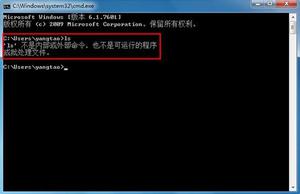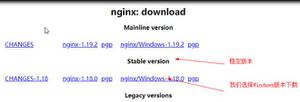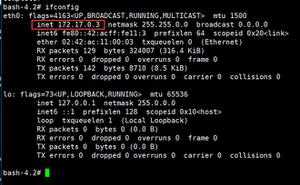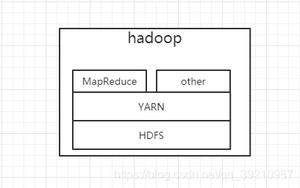在 Python 中使用 Frobenius 范数计算线性代数中矩阵的条件数
要计算线性代数中矩阵的条件数,请使用 numpy. Python中的方法。此方法能够使用七种不同规范之一返回条件数,具体取决于 p 的值。返回矩阵的条件数。可能是无限的。linalg.cond()
x的条件数定义为x的范数乘以x的倒数的范数;范数可以是通常的 L2 范数或许多其他矩阵范数之一。第一个参数是 x,即寻找其条件数的矩阵。第二个参数是 p,即条件数计算中使用的范数的阶数。作为参数设置的“fro”是 Frobenius 范数。
脚步
首先,导入所需的库 -
import numpy as npfrom numpy import linalg as LA
创建一个数组 -
arr = np.array([[ 1, 1, 0], [1, 0, 1], [1, 0, 0]])
显示数组 -
print("Our Array...\n",arr)检查尺寸 -
print("\nDimensions of our Array...\n",arr.ndim)获取数据类型 -
print("\nDatatype of our Array object...\n",arr.dtype)获得形状 -
print("\nShape of our Array object...\n",arr.shape)要计算线性代数中矩阵的条件数,请使用 numpy. Python中的方法。此方法能够使用七种不同规范之一返回条件数,具体取决于 p 的值 -linalg.cond()
print("\nResult...\n",LA.cond(arr, 'fro'))示例
import numpy as np输出结果from numpy import linalg as LA
# Create an array
arr = np.array([[ 1, 1, 0], [1, 0, 1], [1, 0, 0]])
# Display the array
print("Our Array...\n",arr)
# Check the Dimensions
print("\nDimensions of our Array...\n",arr.ndim)
# Get the Datatype
print("\nDatatype of our Array object...\n",arr.dtype)
# Get the Shape
print("\nShape of our Array object...\n",arr.shape)
# To compute the condition number of a matrix in linear algebra, use the numpy.linalg.cond() method in Python
print("\nResult...\n",LA.cond(arr, 'fro'))
Our Array...[[1 1 0]
[1 0 1]
[1 0 0]]
Dimensions of our Array...
2
Datatype of our Array object...
int64
Shape of our Array object...
(3, 3)
Result...
5.000000000000001
以上是 在 Python 中使用 Frobenius 范数计算线性代数中矩阵的条件数 的全部内容, 来源链接: utcz.com/z/297191.html








